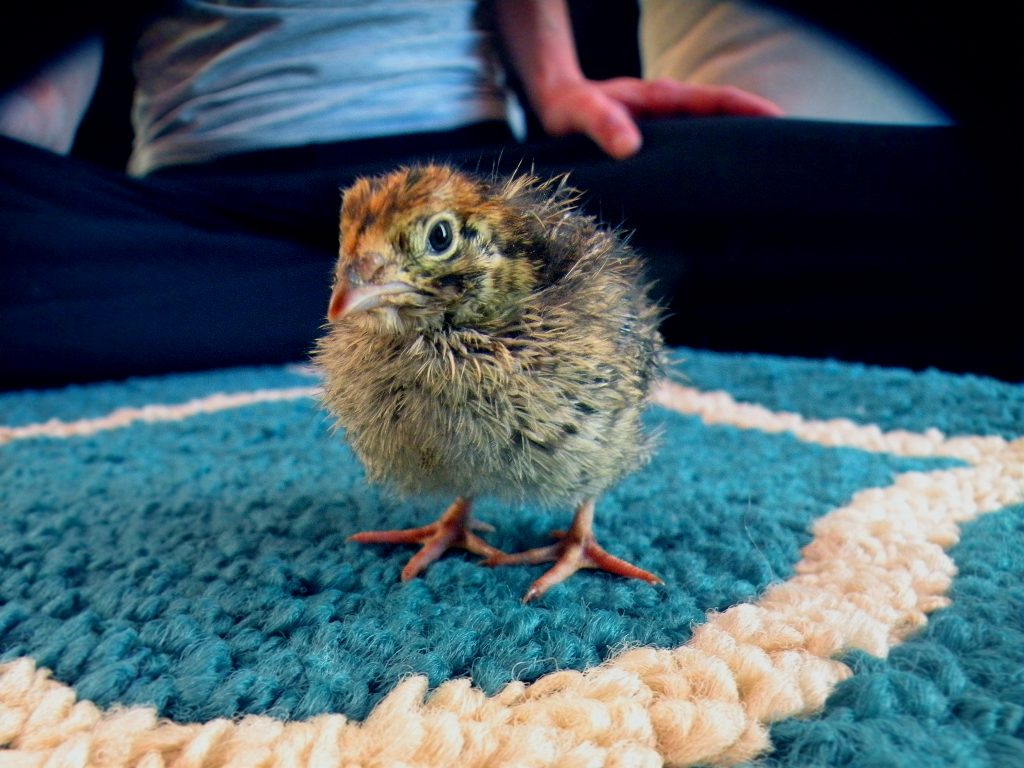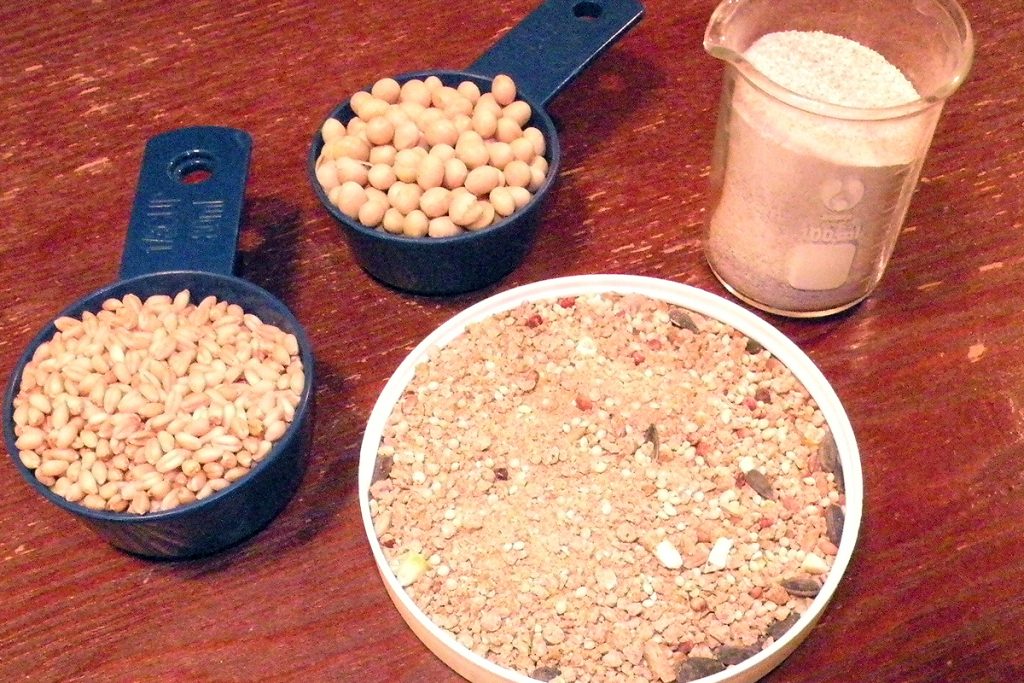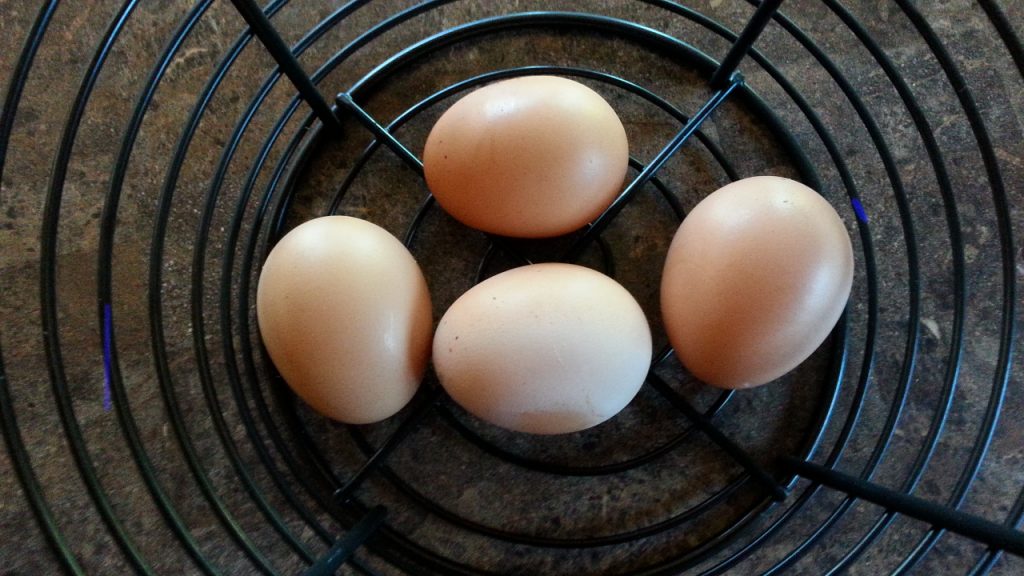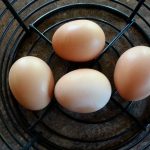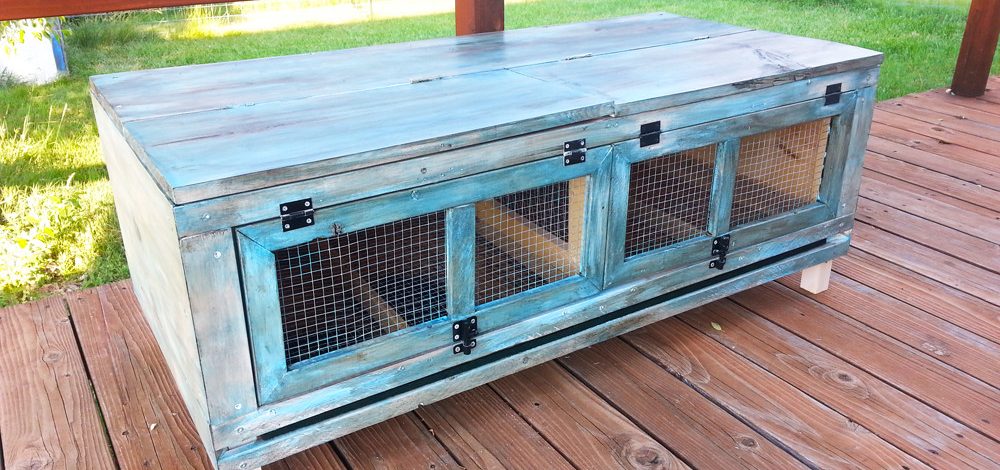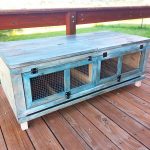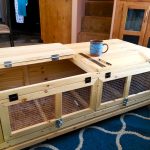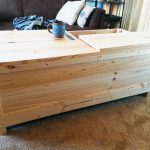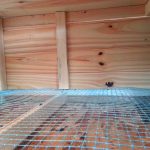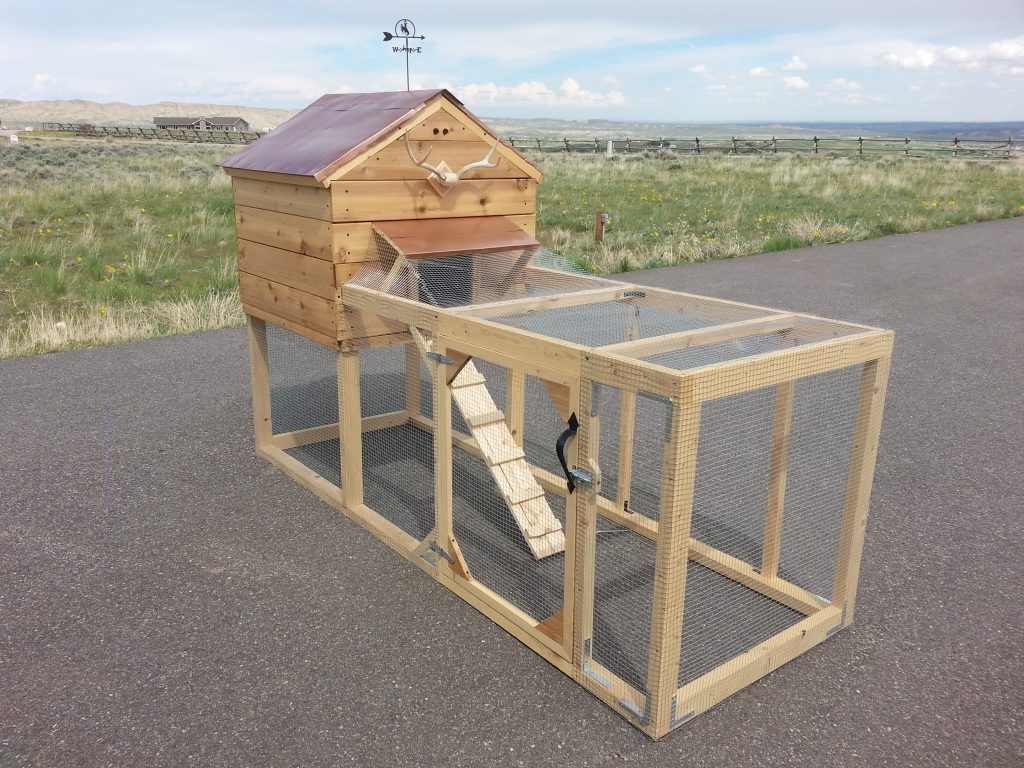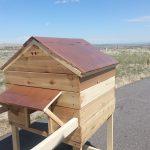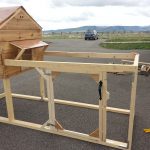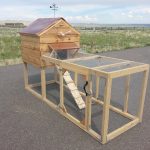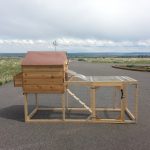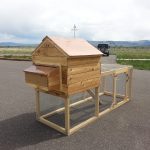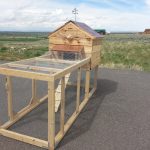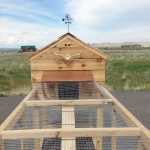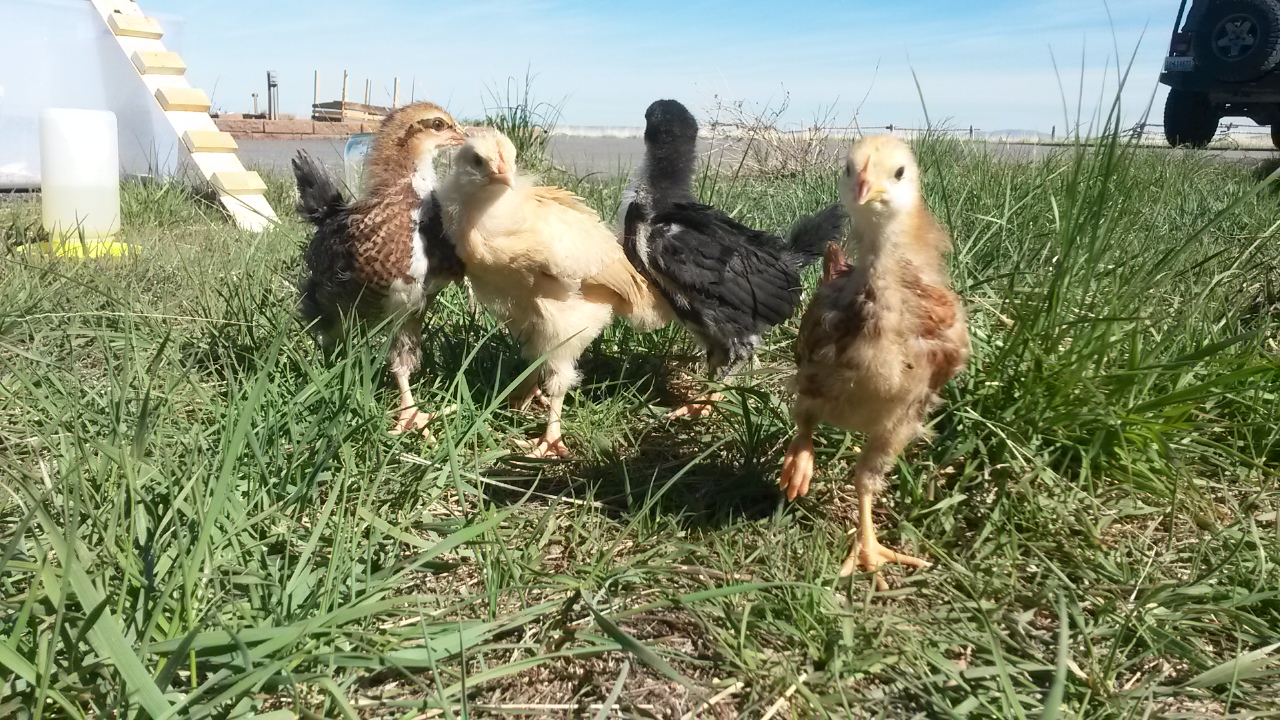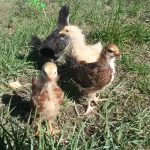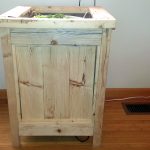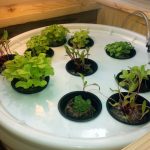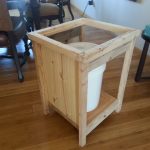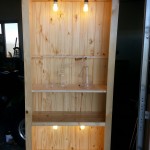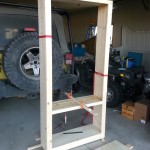Sprouts, The Easy Winter Garden

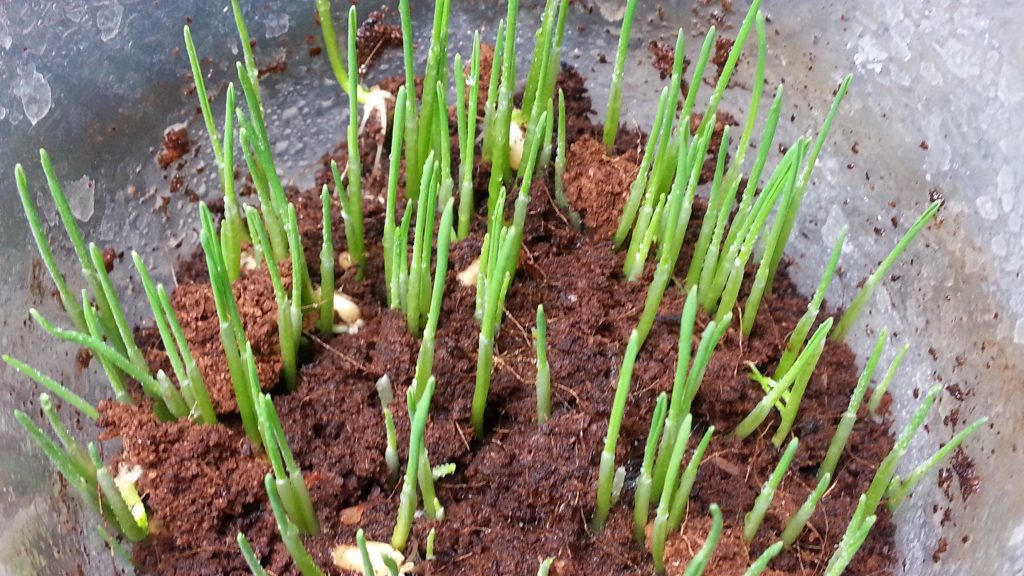
While sprouts seem like more of a summer sandwich garnish, they are easily grown indoors, and make an awesome winter crop for those of us that endure cold and unforgiving winters. Summer is nearly year round in Southern California, but at our Wyoming homestead we wanted a low maintenance way to get fresh greens and great nutrition, without losing our hard work to the bitter cold.
When you eat sprouted beans, seeds and grains, you consume a plant at a stage of development when it is exceptionally rich in proteins, amino acids, minerals, fiber, vitamins, especially vitamins(A, B-complex, C, and E) and enzymes that make them more bio available and digestible.
By sprouting at home, you aren’t limited to the often overpriced sprout selections on store shelves. Try some of these:
Adzuki
Alfalfa
Amaranth
Barley
Broccoli
Chick Peas
Clover
Lentils
Most Micro Greens and Even leafy greens (kale, etc.)
Mizuna
Mung Beans
Radish
Rice
Sunflower
Wheat Berries
Wheat Grass
Getting Started:
Sprouts are exceptionally easy to get started. All you need is a jar, cheese cloth, jar lid/rings or a rubber band, and your seeds of choice.
Place seeds or beans into the jar and secure a cloth over the top.
Wash your seeds or beans. We use only non-gmo organic seed, and will initially do a wash with a diluted food grade hydrogen peroxide or 1-2% bleach solution.
After a good initial rinse, let soak in lukewarm water until the seed has swollen(imbibed), then drain. Don’t do this for more than a couple of hours. If you do, replace the water, a couple times to avoid creating an environment for molds and fungi.
Now sit back and relax, the hard work is done. At this point, you will water your sprouts by rinsing with water a minimum of twice a day. Morning and evening works fine, perfect for a work schedule. 3 seems to work best if possible.
Leave your sprouts in a cool place with little sunlight. For us, thats one side of the kitchen counter. Only increase the indirect light to get a ‘greener’ sprout.
Eat when they look good! Your poultry, if you have any, will love them also.
Tags: sprouting, sprouts, winter greens Comments
